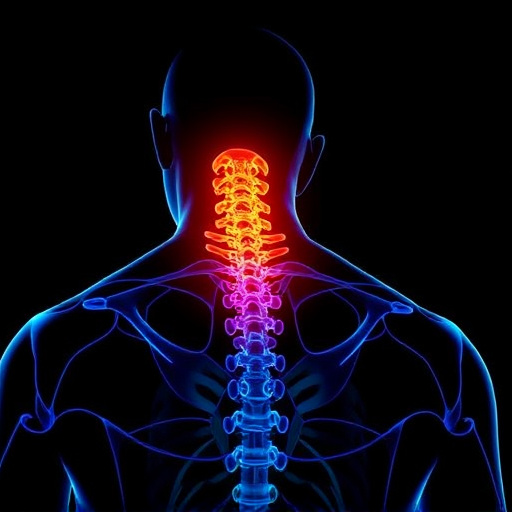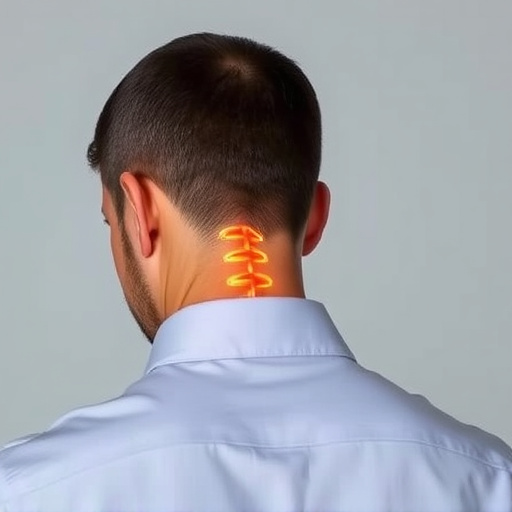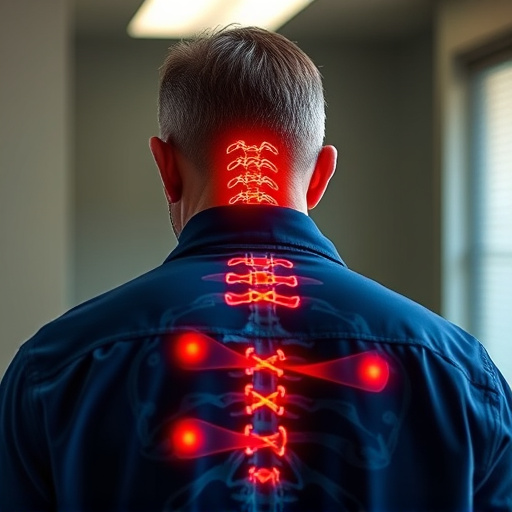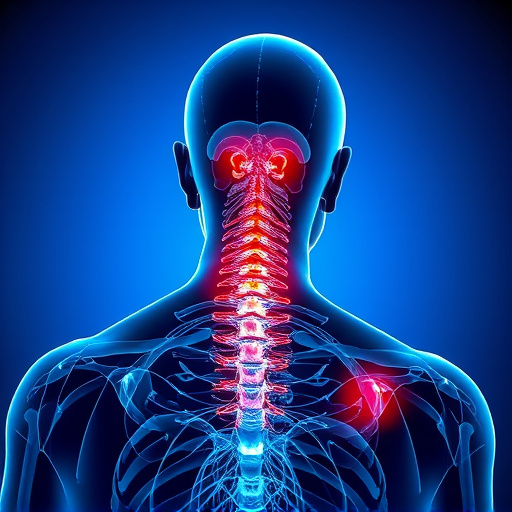Manual therapy, expertly delivered by a whiplash treatment specialist, is a powerful tool for restoring proper spine alignment and alleviating pain related to whiplash injuries or other soft tissue damage. Using a combination of techniques like joint mobilization, massage, and myofascial release, these specialists target specific areas of the spine to improve mobility, reduce muscle tension, and promote healing. This holistic approach not only provides immediate relief but also fosters long-term spinal health and stability. Studies show significant symptom alleviation, improved posture, and enhanced well-being for patients undergoing manual therapy, making it a highly effective and non-invasive treatment option.
“Discover the transformative power of manual therapy in restoring proper spine alignment. This comprehensive guide explores various aspects of this non-invasive approach, focusing on alleviating spinal issues often associated with conditions like whiplash. Learn from experts, understand assessment methods, and delve into popular manual therapy techniques. From benefits and success rates to post-treatment recovery, gain insights crucial for optimal wellness. Consult a whiplash treatment specialist today to embark on your journey towards a healthier spine.”
- Understanding Manual Therapy for Spine Alignment
- The Role of a Whiplash Treatment Specialist
- Assessment and Diagnosis Techniques
- Common Manual Therapy Techniques for the Spine
- Benefits and Success Rates of Manual Therapy
- Recovery and Maintenance After Manual Therapy Sessions
Understanding Manual Therapy for Spine Alignment

Manual therapy is a hands-on approach to restoring proper spine alignment and mobility, often employed by whiplash treatment specialists. This technique involves the skilled manipulation of joints and soft tissues to alleviate pain, improve function, and correct spinal misalignments. Manual therapists use their knowledge of anatomy, biomechanics, and tactile sensitivity to assess and address specific areas of the spine that may be contributing to a patient’s discomfort or limited movement.
Through careful manipulation, manual therapists can help reduce muscle tension, increase joint mobility, and promote healing in injured or overused tissues. This method is particularly effective for conditions such as whiplash, where spinal misalignments and associated soft tissue injuries are common. By focusing on the whole body’s interaction with the spine, manual therapy offers a comprehensive approach to pain management and rehabilitation, often providing patients with long-lasting relief and improved overall health.
The Role of a Whiplash Treatment Specialist
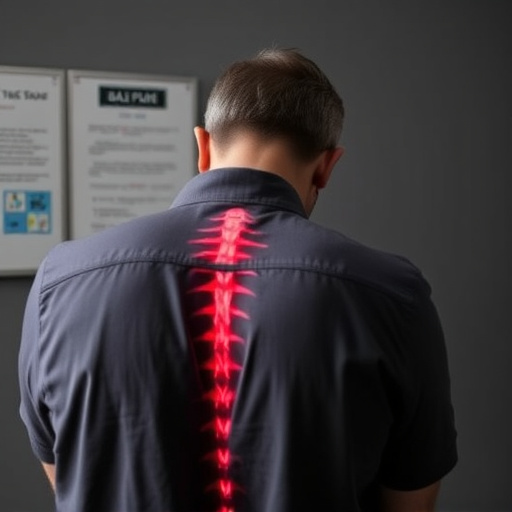
A whiplash treatment specialist plays a crucial role in addressing and correcting spine alignment issues often associated with car accidents or sudden impacts. These specialists are trained to diagnose and treat soft tissue damage, including muscle strains and ligament sprains, commonly seen in whiplash injuries. Using manual therapy techniques, they work to restore proper spinal mechanics and alleviate pain.
Whiplash treatment specialists employ various hands-on methods such as joint mobilization, massage, and myofascial release to reduce muscle tension, improve range of motion, and enhance overall spinal function. Their expertise lies in understanding the complex interplay between the spine, muscles, and nerves, enabling them to develop tailored treatment plans that target specific areas of dysfunction. This holistic approach ensures not only symptom relief but also promotes long-term spinal health and stability.
Assessment and Diagnosis Techniques

Common Manual Therapy Techniques for the Spine

Manual therapy plays a pivotal role in restoring proper spine alignment, addressing issues that can arise from conditions like whiplash. Skilled therapists employ various techniques to alleviate pain and improve mobility. One common method is spinal manipulation, where gentle yet precise force is applied to restore joint function and relieve pressure on the nervous system. This technique is often used by whiplash treatment specialists to correct misalignments caused by car accidents or other traumatic events.
Additionally, therapists utilize mobilization exercises to enhance the range of motion in the spine. These exercises involve slow, controlled movements designed to reduce stiffness and promote healing. When combined with techniques like joint release and soft tissue therapy, these methods offer comprehensive care for spinal issues. A whiplash treatment specialist might integrate such approaches to target specific problem areas and provide effective relief for patients experiencing spinal discomfort.
Benefits and Success Rates of Manual Therapy
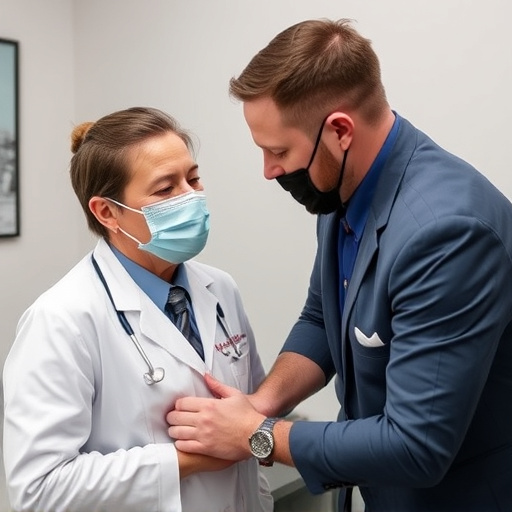
Manual therapy has emerged as a highly effective approach for restoring proper spine alignment and addressing various musculoskeletal disorders, including those resulting from whiplash injuries. This non-invasive treatment method offers numerous benefits, making it a popular choice among patients seeking relief from pain and improved mobility. One of its key advantages is the ability to target specific areas of the spine with precision, helping to relieve tension, reduce inflammation, and promote healing.
Success rates for manual therapy, particularly when administered by a qualified whiplash treatment specialist, are promising. Studies have shown that it can significantly alleviate symptoms associated with neck pain, headaches, and limited range of motion often experienced after a whiplash incident. Many patients report improved posture, enhanced overall well-being, and reduced reliance on medication or surgical interventions following manual therapy sessions. This effectiveness has made manual therapy a preferred option for many individuals seeking natural and lasting solutions to their spine-related issues.
Recovery and Maintenance After Manual Therapy Sessions



